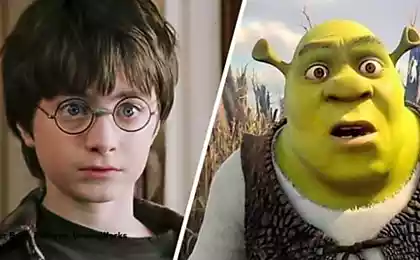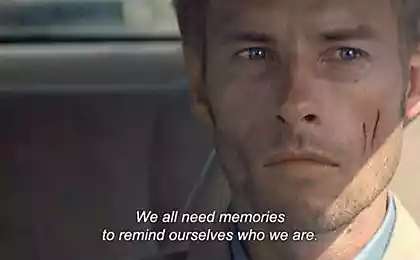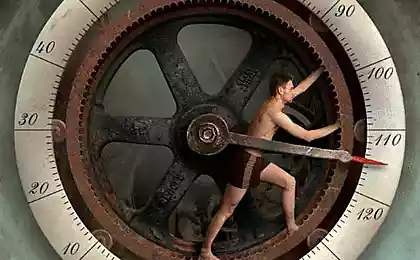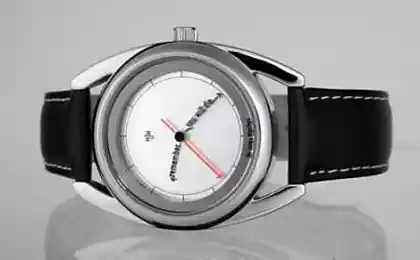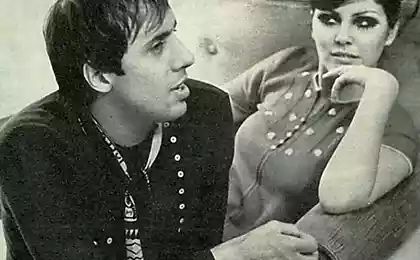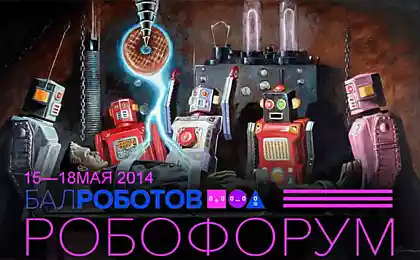951
Memento mori
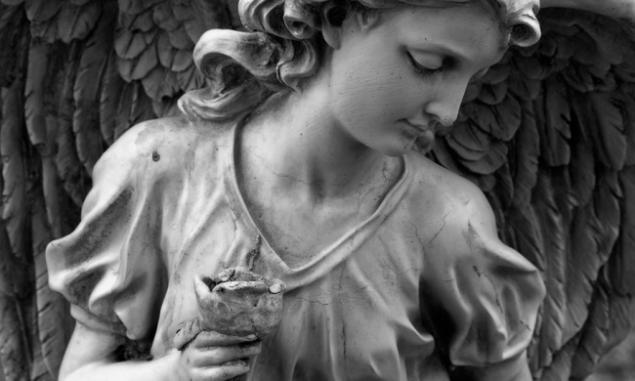
In old European graveyards there are sculptures, which will enchant you and turn into one giant murashku.Lyuboy tourists visiting Europe, knows that in many cities of the cemetery - one of the main attractions. This is due to the fact that in the Catholic tradition tombstones to decorate sculptures, above which often work best craftsmen. In some cemeteries, gravestones are under state protection as monuments of history.
Website is not afraid to seem dark and offers a look at the best examples of such statues. Their beauty is very special - it is frightening and fascinating at the same time.
Cemetery steel GenuyaMonumentalnoe Italian cemetery of steel - one of the best known and most visited in the world. The number of highly statues, mausoleums and sarcophagi here reaches its limit. Practically all the monuments in the cemetery created by the most famous Italian sculptors of the XIX century - Santo Varney, Giulio Monteverde, and others. Genoa superstitious residents do not like it and try to get round it is because of the abundance of finely crafted sculptures that seem almost alive.
© Regard Intemporel

© Michele M. aka Latente

© Nicola Bozzo

© Michel M. aka Latente
© Maurizio
Pere Lachaise Cemetery, ParizhEto Cemetery is the largest museum of gravestones - it occupies 48 hectares. For two hundred years it was buried outstanding figures of culture, science and the arts. Among them, Oscar Wilde and Gertrude Stein, Honore de Balzac, and Sarah Bernhardt, Frederic Chopin and Jim Morrison.

© Genie

© Alban-Paul Schellekens
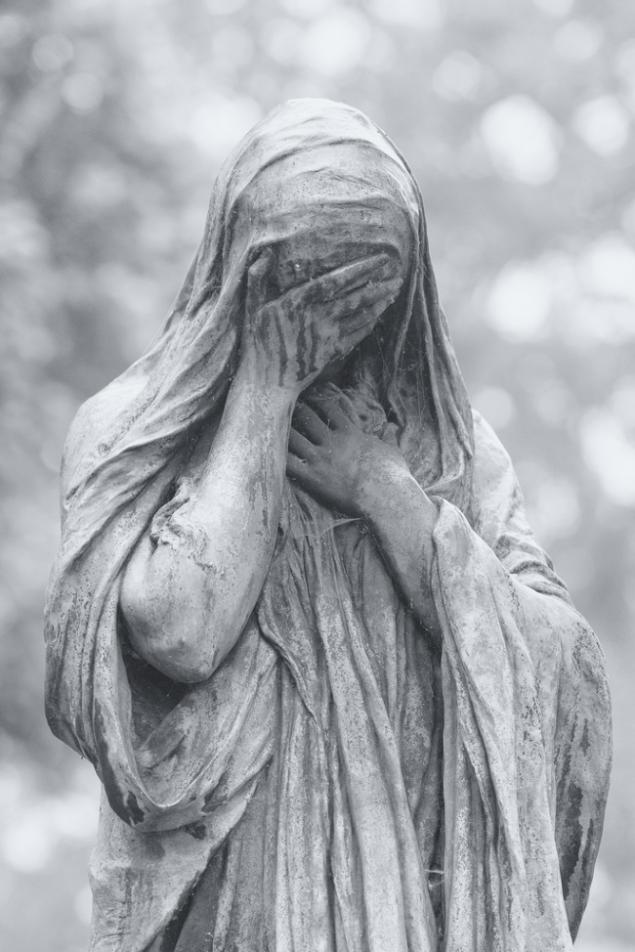
© Marian Lemke

© Aurélie
Poblenou Cemetery, BarselonaSamy famous monument in the cemetery of Poblenou - "Kiss of Death". The sculptor is still not known, or authorship is attributed to Jaume Barba or Joan Fonbernatu. They say that this sculpture was inspired by filmmaker Bergman to create the film "The Seventh Seal" - the communion of the Knight and Death.
© Eudald
Cemetery of St. Anna, Trieste, ItaliyaEto cemetery was established near the hill of St. Anne in 1825. In XX century, it has become one of the largest memorials to the First and Second World Wars.
© Katheryn Johnson
St. Joseph's Cemetery, Trzic, SloveniyaKladbische small Slovenian town Trzic known largely due to the sculpture of an angel, the authorship of which is unknown.

© lordradi
Monumental Cemetery Milan MilanaMonumentalnomu cemetery for more than a hundred and forty years. Residents of the city pre-bought the place for burial, ordered the famous sculptor and architect of the project gravestones or crypts, depending on taste, money and fashion trends. Sculpture can trace the development of monumental art of the Italian in the last two centuries, from realism to abstract art, see the works of the most famous Italian sculptors.
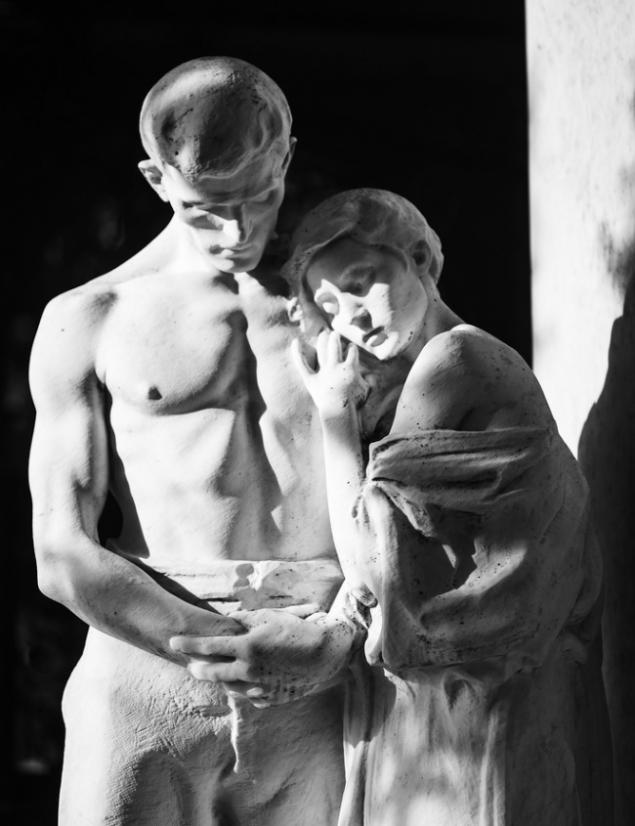
© Marian Lemke

© Marian Lemke
Cemetery Montjuic, BarselonaKladbische Montjuic, located on the hill of the same name, was designed in the late XIX architect Leandrade Albareda. He managed to create on the slopes of a city of squares, streets and alleys. Traditional multi-storey buildings to Spain for burial remind the house, near which froze Gothic sculptures.

© Shehani

© Shehani
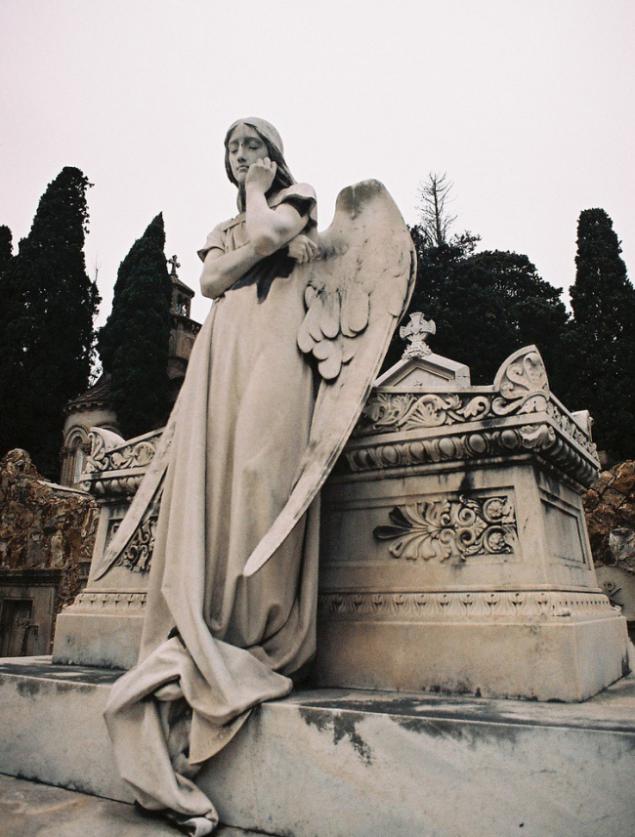
© Edu
Cemetery Melatiah, KёlnKladbische Melatiah is located in an area where a leper colony in 1180 was located - a place where "isolated" from the outside world lepers. In the XVI-XVIII centuries on this vacant lot was known drinking establishment for the poor, next to which was conducted public executions and burning a lot of witches. Officially, the cemetery was opened in 1810, and during the XIX, it was filled with statues of famous German sculptors.

© NRG Photos
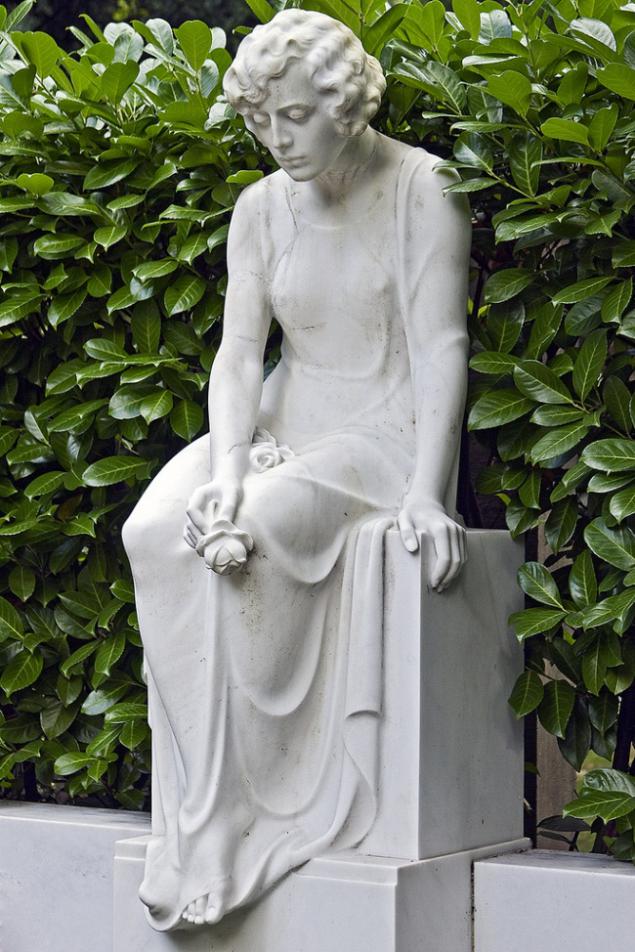
© NRG Photos
Central Cemetery, Vienna Central Cemetery VenaRaspolozhenie does not correspond to its name. It is located in the southern part of the city, near Simmering, which is still being built, and initially all was outside the city limits. This is one of the largest cemeteries in Europe.

© Giulia Riccobono
via www.flickr.com/photos/missingiuggia/3931495940/in/set-72157622274618369




